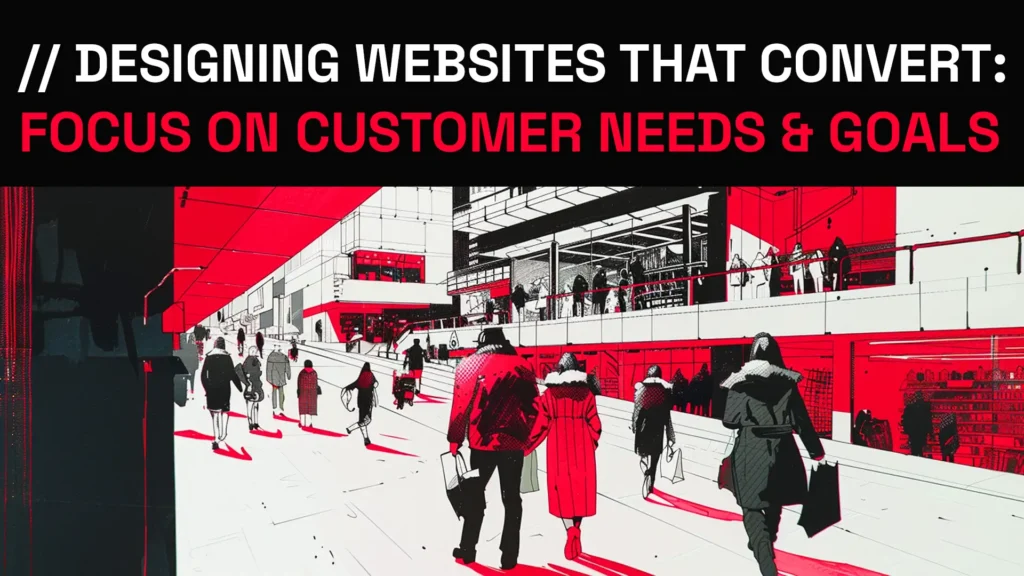
CREATE A CUSTOMER-FOCUSED WEBSITE THAT DRIVES SALES
Your website is more than just a digital brochure for your business. It’s your virtual storefront, designed to attract, engage, and convert potential customers. To truly succeed online, your website must be customer-focused, addressing their needs, desires, and pain points. As marketing expert Seth Godin puts it, “The best marketing is about solving problems and creating tension.”
FOCUS ON CUSTOMER TENSIONS AND TRANSFORMATIONAL GOALS :
When a customer visits your website, they’re not just looking for information about your products or services. They’re seeking solutions to their problems and ways to achieve their goals. Your website should focus on understanding and addressing these tensions, presenting your offerings as the key to their desired transformation.
Think of your website as a helpful sales associate in a store. They don’t just list product features; they ask questions, listen to the customer’s needs, and offer tailored solutions. By focusing on your target audience’s tensions and transformational goals, you create a sense of urgency and motivation to convert.
TELL A COMPELLING STORY :
People don’t just buy goods and services; they buy relations, stories, and magic, according to Seth Godin. Your website should tell a compelling story that resonates with your target audience, creating an emotional connection that drives them to take action.
For example, a fitness equipment company could showcase success stories of customers who achieved their fitness goals using their products. By tapping into the user’s emotional desires and presenting their products as the solution, they increase the likelihood of a sale.


OPTIMIZE DESIGN AND USER EXPERIENCE :
Your website’s design and user experience are critical in guiding users towards conversion. Just as a well-organized store layout helps customers find what they need, a clean, intuitive website design encourages exploration and engagement. Strategically placed calls-to-action (CTAs) and optimized navigation act like helpful signposts, directing users towards your desired conversion points.
Consider your website as a visual storyteller, supporting the narrative you’ve crafted about your customers’ tensions and transformational goals. Use compelling images, clear headings, and concise copy to reinforce your message. For instance, if you’re selling fitness equipment, showcase before-and-after photos of satisfied customers alongside their success stories. This visual storytelling not only captures attention but also provides social proof, making your solution more appealing and credible.
Remember, every element on your page should serve a purpose in addressing your customers’ needs or moving them closer to a conversion. Whether it’s a product description, a customer testimonial, or a simple “Contact Us” button, each component should be designed with your customer’s journey in mind.
By aligning your design and user experience with your customers’ goals and tensions, you create a website that not only informs but also motivates and converts.
CONCLUSION:
Your website’s primary purpose is to close sales by being customer-focused. By addressing your target audience’s tensions and transformational goals, telling a compelling story, and optimizing your website’s design and user experience, you create a powerful tool for persuasion and conversion. Remember, as Seth Godin says, “Marketing is no longer about the stuff that you make, but about the stories you tell.” Make sure your website tells a story that resonates with your customers and drives them to action.


